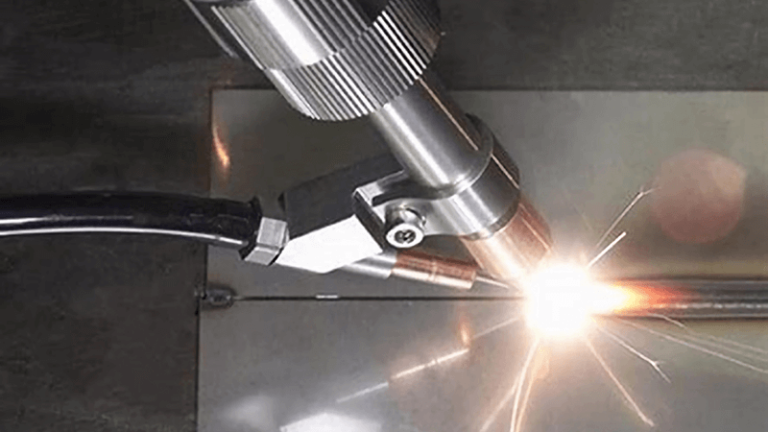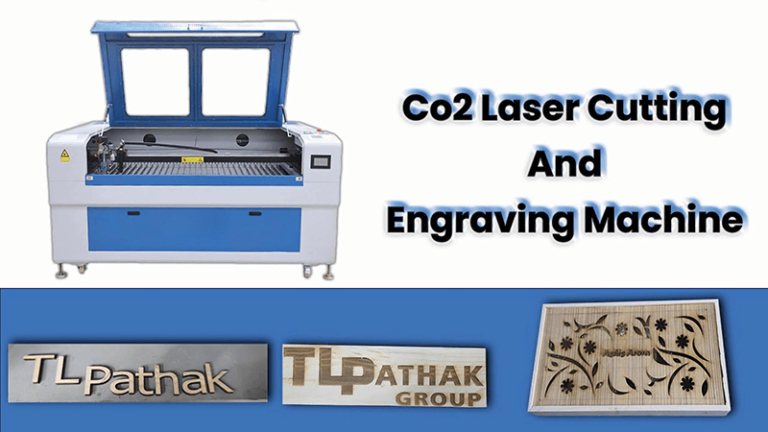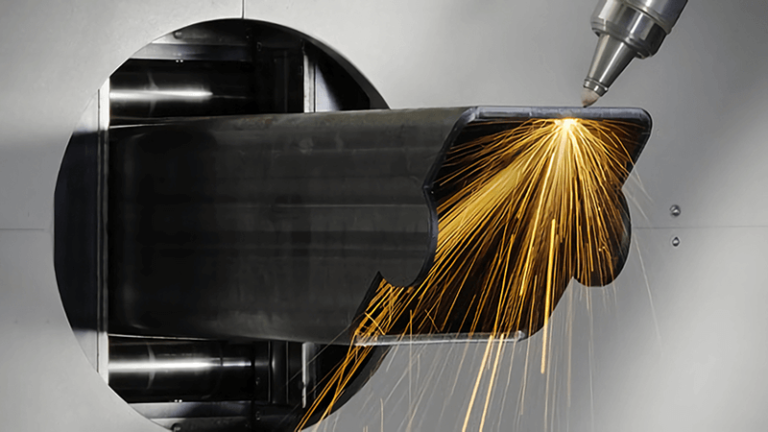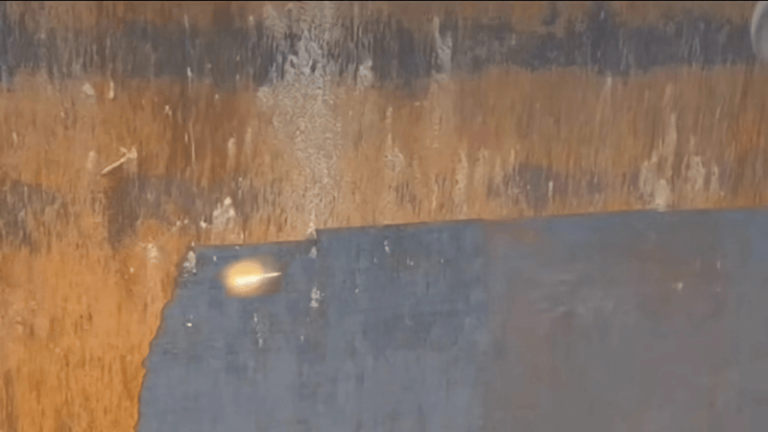Laser cleaning technology is transforming surface preparation, offering a cleaner, more precise way to remove contaminants. But can a laser cleaner truly remove paint? In this article, I’ll answer that question and discuss the advantages and challenges of using laser cleaning machines for paint removal.
Yes, a laser cleaner can remove paint effectively. It works by using concentrated laser beams to heat the paint, causing it to vaporize and separate from the underlying surface without causing damage. This method is highly precise and efficient, making it an attractive option for many industries.
But how does laser cleaning compare to traditional methods like sandblasting? In the next sections, I’ll dive into the differences between these techniques and why laser cleaning might be the future of surface preparation.

Will a laser cleaner remove paint?
Removing paint from surfaces can be a tough job, especially when you need precision and care. But will a laser cleaner work for this task? Let’s explore how this technology tackles paint removal and why it’s a superior method in some situations.
Laser cleaners can indeed remove paint. The process involves directing high-powered laser beams onto the painted surface, which heats the paint and causes it to vaporize. The laser’s precision ensures that only the paint is affected, leaving the base material intact.
Laser cleaning technology is highly effective for removing paint, and it’s gaining traction across various industries due to its precision and efficiency1. The process uses a focused laser beam that heats the paint until it vaporizes, lifting it from the surface without causing any damage to the underlying material. Unlike abrasive methods such as sandblasting, laser cleaning does not create dust or require the use of harsh chemicals.
One of the key benefits of laser cleaning for paint removal is its ability to target only the paint layer. Because the laser is so precise, it can be adjusted to focus only on the painted surface, leaving the base material completely unharmed. This makes it ideal for delicate surfaces that need to be cleaned without damage, such as metal parts or machinery.
Laser cleaning is also extremely versatile. It can be applied to a wide range of materials, including metal, concrete, and plastic, making it suitable for a broad spectrum of industries, from automotive to aerospace. Additionally, laser cleaning can remove different types of coatings, from thin layers of paint to thicker, more stubborn coatings, providing a flexible solution for many cleaning challenges.
In addition to precision, laser cleaning is faster than traditional paint removal methods. It requires no mechanical contact, so there is no wear and tear on the surface, and the process can be done quickly, reducing downtime for equipment or machinery. Traditional methods often involve scraping, sanding, or the use of chemicals, all of which can damage the underlying material or require additional cleanup.
Moreover, laser cleaning offers an environmentally friendly solution2, as it eliminates the need for toxic chemicals or abrasive materials, making it a cleaner and safer option for both workers and the environment. With laser technology, industries can remove paint more efficiently and with fewer environmental concerns.
| Key Factor | Benefits of Laser Cleaning for Paint Removal |
|---|---|
| Precision | Laser cleaners target only the paint, leaving the base material intact. |
| Speed | Laser cleaning is faster than traditional methods, reducing downtime. |
| Environmentally Friendly | No use of chemicals or abrasives, making it safer for workers and the environment. |
| Versatility | Effective for removing a range of coatings, including thick paint layers. |
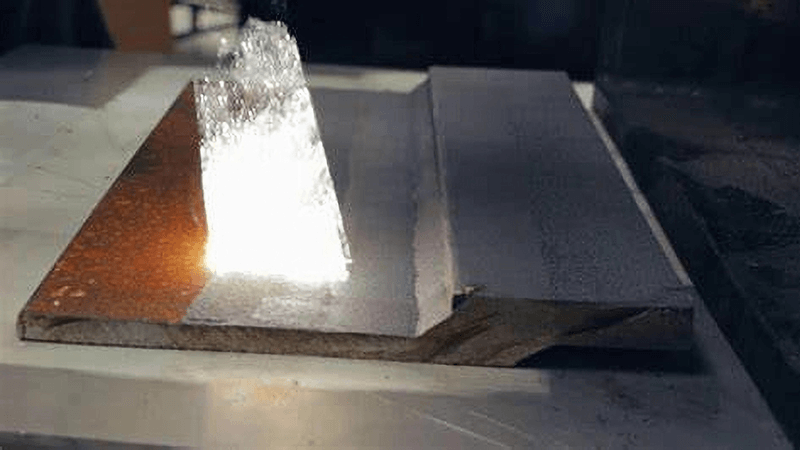
Do laser cleaning machines really work?
You may be wondering whether laser cleaning machines are truly effective. The technology is relatively new, and its benefits might seem too good to be true. Let’s look at how these machines work and whether they live up to the hype.
Laser cleaning machines are indeed effective. They use high-intensity laser beams to remove contaminants like paint, rust, and dirt from surfaces. The precision and efficiency of these machines make them a valuable tool for industries requiring high-quality surface preparation.
Laser cleaning machines are based on advanced laser technology that allows for precision cleaning of surfaces. The high-intensity laser beams are able to vaporize and remove contaminants such as paint, rust, or dirt from a surface without damaging the underlying material. This process is highly efficient and can be controlled with incredible precision, ensuring that only the unwanted layer is affected.
The working principle behind laser cleaning involves directing a laser beam at the surface to be cleaned. The heat generated by the laser causes the contaminants to either vaporize or be blown off the surface by a burst of air. Unlike traditional cleaning methods like sandblasting or chemical cleaning, laser cleaning is a non-contact process3, meaning it does not wear down the material being cleaned. This is particularly advantageous when working with delicate or valuable materials that need to be handled with care.
Laser cleaning machines are also equipped with advanced control systems4 that allow operators to fine-tune various parameters, such as laser intensity, pulse frequency, and scanning speed. This level of control ensures optimal results, whether the task is removing a thin layer of paint or tackling stubborn rust.
The versatility of laser cleaning machines5 is another reason for their effectiveness. These machines can be used on a wide variety of materials, including metals, plastics, and composites. This makes laser cleaning an invaluable tool for industries ranging from automotive and aerospace to electronics and medical device manufacturing.
One of the significant advantages of laser cleaning is that it offers a much safer working environment. There is no need for hazardous chemicals or abrasive materials, which not only makes it safer for workers but also reduces the environmental impact of the cleaning process.
| Key Factor | Benefits of Laser Cleaning Machines |
|---|---|
| Non-contact Cleaning | No physical contact with the surface, preserving material integrity. |
| Precision | Allows for fine-tuning of parameters to achieve optimal cleaning results. |
| Versatility | Can be used on a wide range of materials and for various cleaning applications. |
| Safety & Environment | No chemicals or abrasives, providing a safer and greener cleaning solution. |
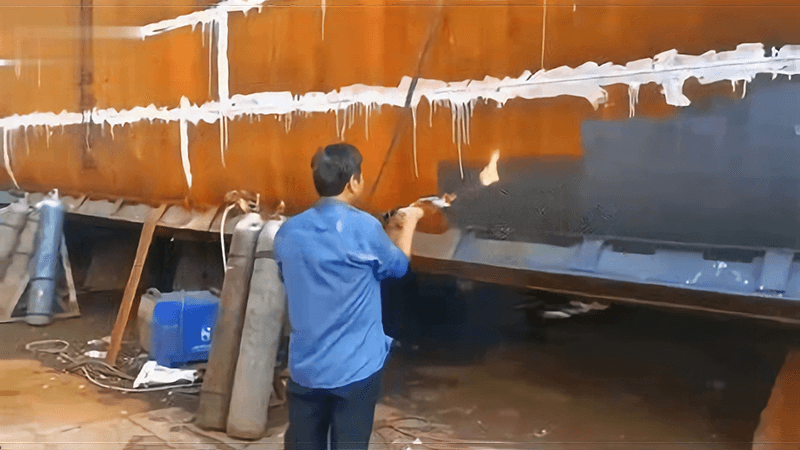
Is laser cleaning better than sandblasting?
Laser cleaning and sandblasting are both popular methods for surface preparation. But how do they compare? In this section, we’ll look at the differences between these two techniques and why laser cleaning might be the better option.
Laser cleaning is often considered better than sandblasting because it’s more precise, efficient, and environmentally friendly. While sandblasting uses abrasive materials that can wear down surfaces, laser cleaning is non-contact, preserving the integrity of the material.
When comparing laser cleaning to sandblasting, the key differences lie in the methods used, the results achieved, and the impact on the environment. Sandblasting uses abrasive materials, like sand, to blast contaminants off surfaces. While effective, sandblasting6 can cause wear and tear on the material being cleaned. This is particularly problematic when working with delicate or expensive materials that require careful handling.
Laser cleaning, on the other hand, is a non-contact process. The laser beam is directed at the surface, where it heats contaminants to the point of vaporization, leaving the underlying material undamaged. Because there is no physical contact, there is no risk of material degradation, which makes laser cleaning ideal for sensitive or intricate components.
Another advantage of laser cleaning is its precision. Sandblasting can sometimes be inconsistent, leading to uneven cleaning results or unintended damage. Laser cleaning7, however, is highly controlled, allowing for exact adjustments in intensity, focus, and cleaning area. This precision results in a cleaner surface without unnecessary wear or scratches.
In terms of environmental impact8, laser cleaning is far superior. Sandblasting requires the use of abrasive materials that can create dust and debris, which need to be managed carefully. Laser cleaning eliminates the need for these materials and doesn’t produce hazardous waste, making it a cleaner and safer option for the environment.
| Comparison Factor | Laser Cleaning vs. Sandblasting |
|---|---|
| Material Integrity | Laser cleaning does not cause wear or damage to the surface. |
| Precision | Laser cleaning is more controlled and consistent. |
| Environmental Impact | Laser cleaning is greener, producing no waste or harmful chemicals. |
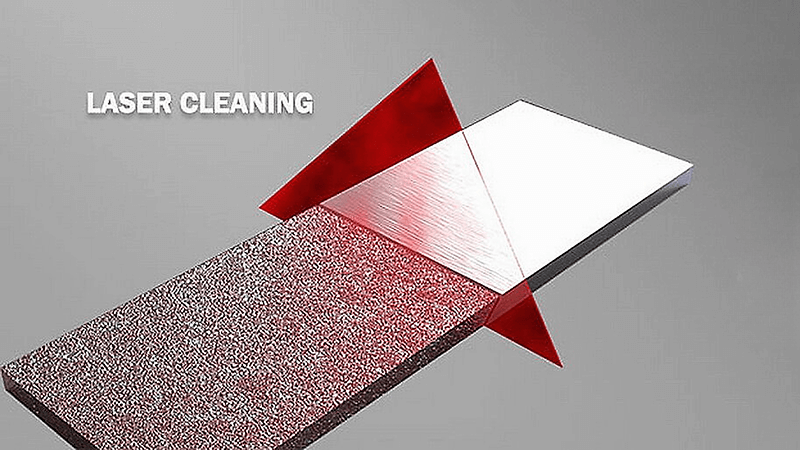
Why is laser rust removal so expensive?
Laser rust removal is one of the more expensive laser cleaning applications. But why is it so costly? Let’s break down the factors that contribute to the high cost of laser rust removal and whether the investment is worth it.
The high cost of laser rust removal is due to the specialized equipment, precision, and efficiency it offers. While upfront costs can be higher, the benefits in terms of speed, safety, and effectiveness can make it a worthwhile investment for many industries.
Laser rust removal is typically more expensive than traditional methods because it requires advanced technology and specialized equipment. The laser machines used for rust removal are high-powered systems that need to be carefully calibrated for maximum efficiency. This precision comes with a price tag, as the machines themselves can be costly to purchase and maintain.
Another factor contributing to the high cost is the need for trained operators9. While laser cleaning machines are relatively easy to use, they still require skilled operators to ensure proper settings and maximum effectiveness. This added expertise adds to the overall cost of the process.
However, the investment in laser rust removal can be justified by its numerous benefits. Unlike traditional methods such as sandblasting, laser rust removal is non-abrasive and non-contact, meaning it doesn’t damage the underlying material. It is also more efficient, often removing rust faster and more thoroughly than other techniques. The process is also safer for operators, as it doesn’t involve harsh chemicals or the production of harmful dust.
In the long run, laser rust removal10 can reduce maintenance costs, improve the lifespan of equipment, and increase operational efficiency. These factors can make the initial investment worthwhile for industries dealing with rust-related issues.
| Cost Factor | Why Laser Rust Removal is Expensive |
|---|---|
| Equipment & Technology | High-powered lasers and specialized systems are costly to acquire. |
| Skilled Operators | Trained operators are required for effective and safe use. |
| Efficiency & Safety | Faster rust removal and reduced risk of material damage. |
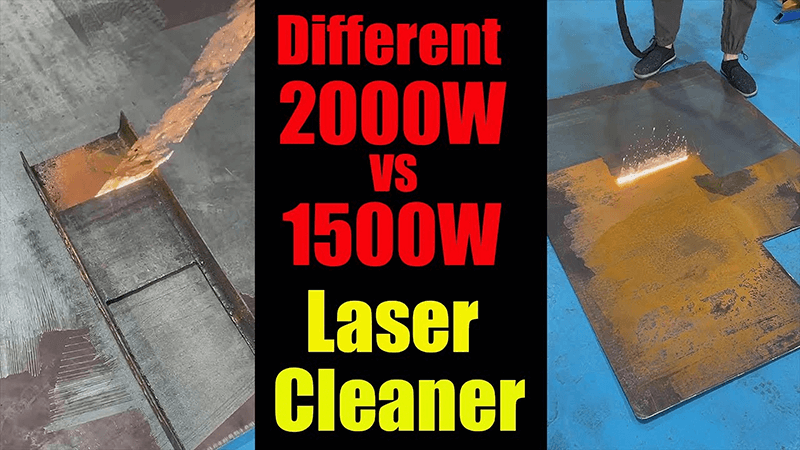
Conclusion
Laser cleaning technology is a game-changer in surface preparation, offering precise, efficient, and environmentally friendly solutions. Whether it’s for paint removal, rust cleaning, or other applications, laser cleaning machines11 provide significant advantages over traditional methods. While the cost may be higher upfront, the benefits in terms of speed, safety, and effectiveness make laser cleaning a wise investment for many industries.
-
Learn why precision and efficiency are crucial in paint removal, and how laser cleaning excels in these areas for better results. ↩
-
Discover how laser cleaning minimizes environmental impact while effectively removing paint, making it a sustainable choice. ↩
-
Learn about the non-contact cleaning process and its benefits, especially in preserving material integrity during cleaning. ↩
-
Discover how advanced control systems enhance the precision and effectiveness of laser cleaning machines for various applications. ↩
-
Explore the advantages of laser cleaning machines, including their efficiency, safety, and versatility in various industries. ↩
-
Learn about the limitations and potential damage caused by sandblasting, which can help you make informed decisions for your cleaning needs. ↩
-
Explore the advantages of laser cleaning, including its precision and environmental benefits, to understand why it's a superior choice. ↩
-
Discover how laser cleaning is a more eco-friendly option, reducing waste and harmful emissions compared to sandblasting. ↩
-
Discover the significance of skilled operators in ensuring the effectiveness and safety of laser rust removal techniques. ↩
-
Explore the advantages of laser rust removal, including efficiency and safety, to understand why it's worth the investment. ↩
-
Explore the highest efficiency of laser cleaning machine about paint removal, clicking this link to get your best product. ↩


